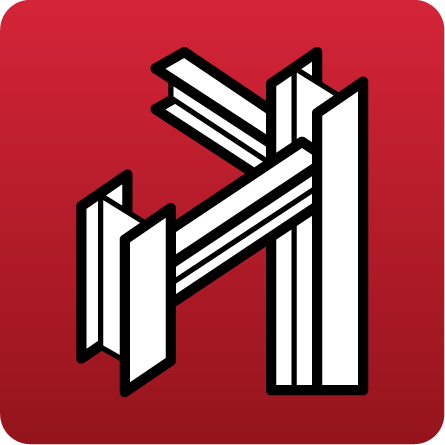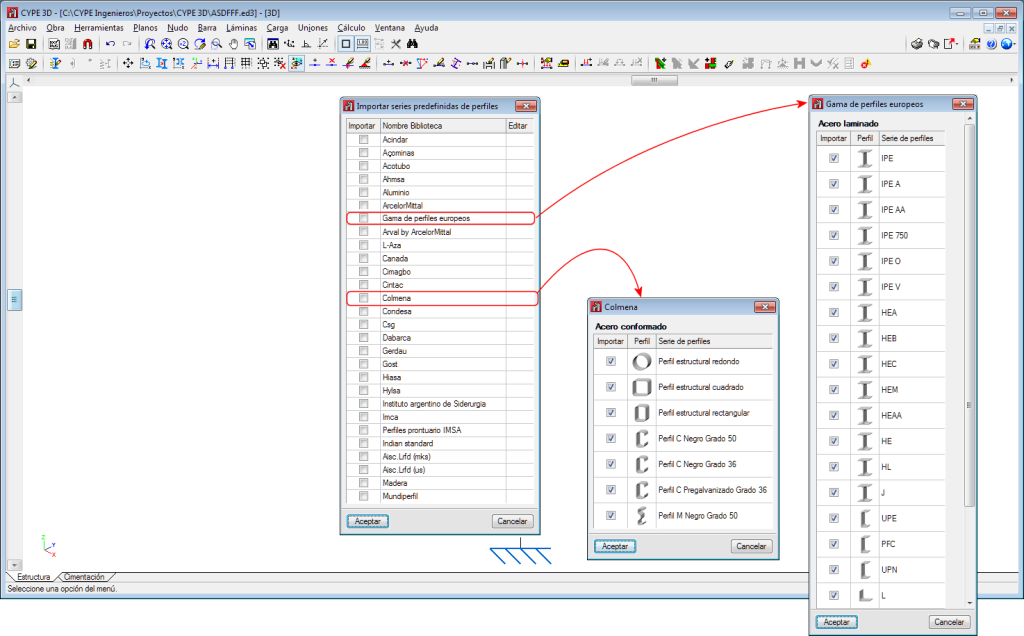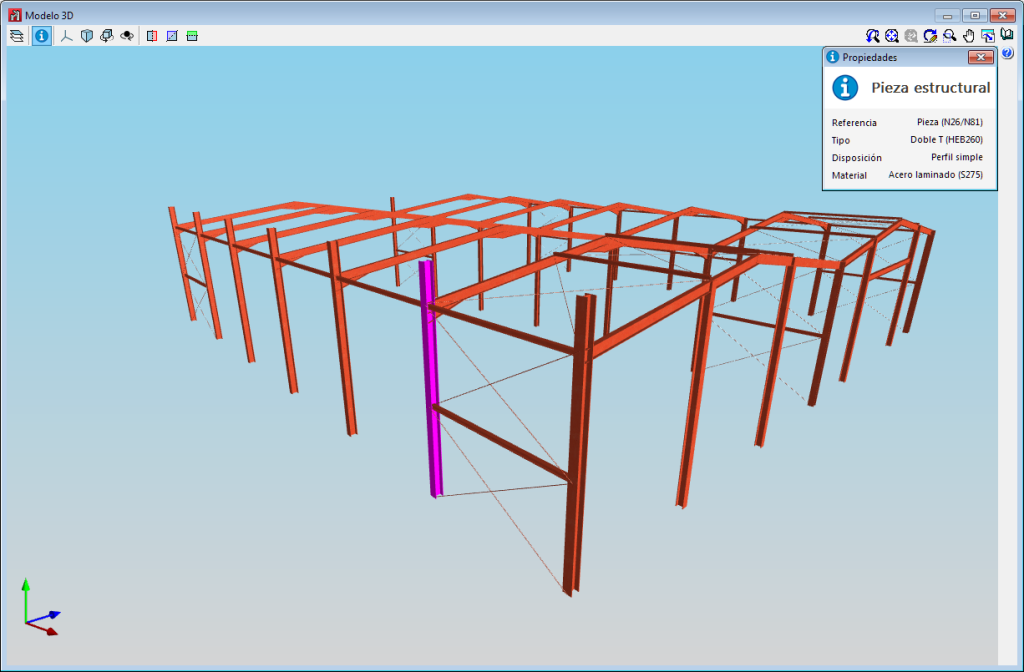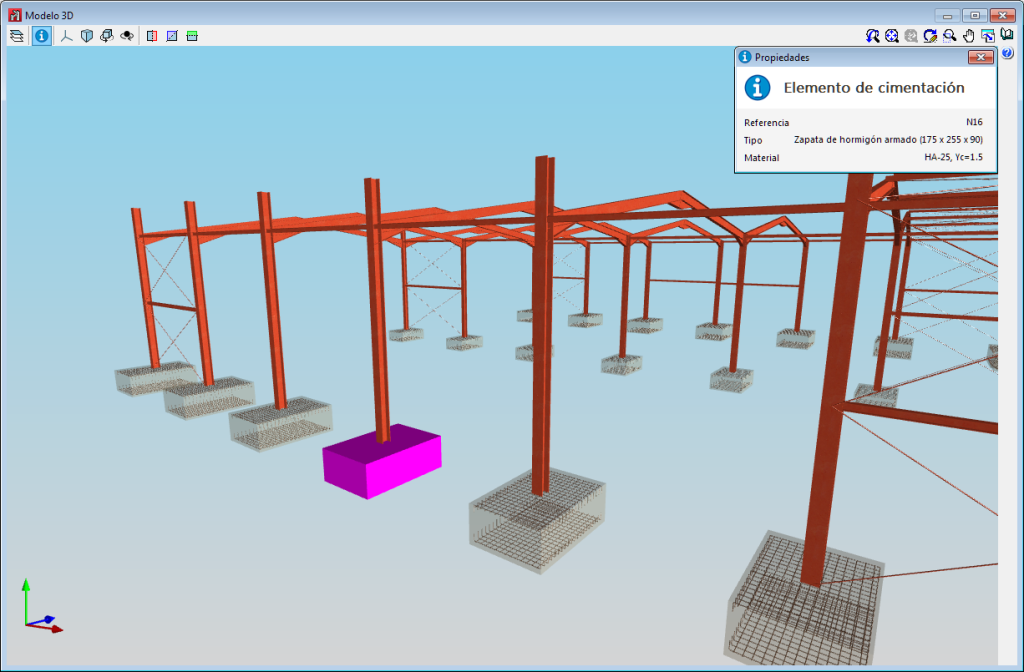Update history

CYPE 3D
New section library
- Published on
- 2020.c
EUROCODE 8 SS EN 1998-1 (2013) (Singapore)
“Singapore national annex to EUROCODE 8: Design of structures for earthquake resistance - Part 1: General rules, seismic actions and rules for buildings”.
Implemented in CYPECAD and CYPE 3D.
- Published on
- 2020.b
EUROCODE 8 MS EN 1998-1 (2015) (Malaysia)
“Malaysia national annex to EUROCODE 8: Design of structures for earthquake resistance - Part 1: General rules, seismic actions and rules for buildings”.
Implemented in CYPECAD and CYPE 3D.
- Published on
- 2020.b
EUROCODE 2 SS EN 1992-1-1:2008 (Singapore)
“Singapore national annex to EUROCODE 2: Design of concrete structures - Part 1-1: General rules and rules for buildings”.
Implemented in:
- CYPECAD
- CYPE 3D
- Embedded retaining walls
- Reinforced concrete cantilever walls
- Foundation elements
- Box culverts
- Published on
- 2020.b
EUROCODE 2 MS EN 1992-1-1:2010 (Malaysia)
“Malaysia national annex to EUROCODE 2: Design of concrete structures - Part 1-1: General rules and rules for buildings”.
Implemented in:
- CYPECAD
- CYPE 3D
- Embedded retaining walls
- Reinforced concrete cantilever walls
- Foundation elements
- Box culverts
- Published on
- 2020.b
Code implementation. NSE-18 (Guatemala)
Normas de Seguridad Estructural para Guatemala 2018.
Implemented in CYPECAD and CYPE 3D.
- Published on
- 2020.a
Code implementation. AN/UNE-EN 1998-1 (2011) (Eurocode 8 – Spain)
Eurocode 8: Design of structures for earthquake resistance – Part 1: General rules, seismic actions and rules for buildings. National Annex AN/UNE-EN 1998-1.
Implemented in CYPECAD and CYPE 3D.
- Published on
- 2020.a
Code implementation. AN/UNE-EN 1992-1-1 (2015) (Eurocode 2 – Spain)
Eurocode 2: Design of concrete structures - Part 1-1: General rules and rules for buildings.
National Annex AN/UNE-EN 1992-1-1 (2015).
Implemented in:
- CYPECAD
- CYPE 3D
- Shear walls
- Reinforced concrete cantilever walls
- Foundation elements
- Box culverts
- Published on
- 2020.a
Code implementation. ACI 318-14 (USA)
Building Code Requirements for Structural Concrete.
Implemented in CYPECAD and CYPE 3D.
- Published on
- 2020.a
Code implementation. GBDS-2018 (Bolivia)
- Published on
- 2019.h
Tekla® Structures export update
The export process to “Tekla® Structures” carried out by CYPECAD and CYPE 3D has been updated.
The 32-bit 2019.g version of CYPECAD and CYPE 3D continues to export to the same Tekla versions. In other words, it exports the analysed and designed structure to versions 12.0, 12.1, 13.0, 13.1, 14.0, 14.1, 15.0 SR1, 16.0, 17.0, 18.0, 19.0, 21.1 (32 bits) of “Tekla® Structures”.
The 64-bit 2019.g version of CYPECAD and CYPE 3D, exports the analysed and designed structure to versions 21.1 (64 bits), 2018, 2018i and 2019 of “Tekla® Structures”.
More information on the export to Tekla® Structures.
- Published on
- 2019.g
3D view of the structure. Information on the structural elements
As of the 2019.f version, users can consult the information of the structural elements that have been introduced in the 3D view of the structure that is displayed in CYPE 3D.
By pressing the “Information” button of the 3D view, the elements over which the cursor is placed are highlighted in magenta and their properties are displayed.
- Published on
- 2019.f




